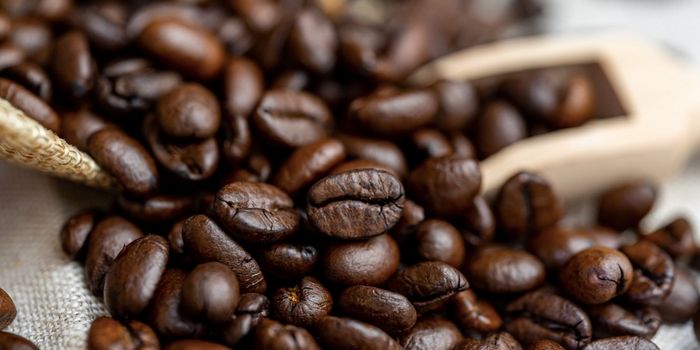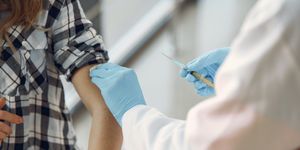New Artificial Cells Can Ingest, Process & Expel Material
Better research models can help us solve some biological mysteries. In recent years, scientists have developed a variety of new ways to investigate cellular processes, like organoids, a three-dimensional cell culture model. Synthetic cells could be another new research tool, but researchers have had difficulty engineering artificial cells that are capable of the same things that living, natural cells can do. One of those things is the movement of molecules across cell membranes, a critical part of many aspects of cell biology. The active transport of substances across cell membranes helps organisms conduct neurological signals, absorb glucose, store and generate energy, and remove waste, for some examples.
Scientists have now used inorganic, non-biological materials to build cell-like structures that can move material in different ways; they can ingest, process, and eject it. These cells were released in solutions of various particles, and the cells were able to take up microscopic bits of cargo, store or concentrate them, and release the cargo. The work, which has been reported in Nature, could act as a blueprint for generating cell mimics that may have many uses. This research also gets us closer to an artificial cell that can replicate the function of a natural cell.
In a live cell, mitochondria generate a molecule called ATP, which provides the fuel for many reactions and processes. In this work, the researchers used a polymer to engineer a sphere with a membrane. They put a microscopic hole into the membrane, creating a nanochannel, like a transmembrane channel in a cell. The scientists put a component in the channel that would act as a pump when stimulated by light, instead of ATP. The light starts a chemical reaction that generates vacuum suction, which pulls stuff into the membrane. The pump can be switched off to trap the ingested cargo, or reversed to eject it.
"Our design concept enables these artificial cell mimics to operate autonomously and perform active transport tasks that have so far been confined to the realm of living cells. At the heart of the cell-like structure's design is the synergy between an active element that powers it from the inside and the physical constraints imposed by the cell walls, allowing them to ingest, process, and expel foreign bodies," said lead study author Stefano Sacanna, associate professor of chemistry at New York University.
"Think of the cell mimics like the Pac-Man video game; they go around eating the pollutants and removing them from the environment."
These artificial cells could pull impurities out of water they were placed into, or they could take up E. coli bacteria and hold them in them membrane, for example. The researchers are planning to continue this work to explore the potential applications of the artificial cells ands make improvements to their design.
Sources: New York University, Nature








